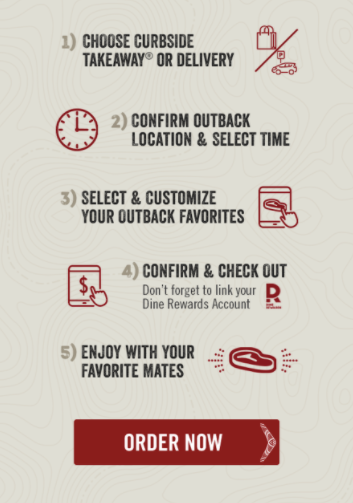If you’ve been following along with our blog recently, you’ve heard all about the exciting RFM work we’re executing for Bloomin’ Brands’ own Outback Steakhouse. While we have touched on how the RFM analysis is generated and ways to use it, in this post we touch on using campaigns to confirm RFM segmentation.
Understanding why RFM is important to segmentation for brands is a great sidebar to this post – I suggest you hop over and give this post a read.
Now that you’re caught up, I want to talk about a recent success within our RFM work. Based on the bounds we set around recency, frequency and monetary value for the Outback customers, we established 7 key segments. These 7 segments are smaller but important subsets of the traditional primary, secondary and tertiary groups you’ll see in most customer segmentation models.
As you can expect, our top segment, respectfully coined “Champions and Loyalists,” drive 80% of visits and sales in Outback restaurants. They are important. But identifying them in an RFM model was just the first step. Launching programs targeting this group and monitoring the behavior of this segment was critical to confirm our segmentation was accurate. Everyone knows what happens when you assume, so we aimed to prove our segmentation was on point, and actionable.

In August, we discovered an insight from our analysis that showed Champions and Loyalists started migrating down to secondary segments because they had not ordered since the start of COVID-19. The only option for ordering from an Outback for a number of months was online ordering for pickup and delivery only as dining rooms were closed. As we dug in further, we noticed a portion of our primary segment customers had never ordered online. Clearly there was a barrier, that barrier turned into a hypothesis. We hypothesized that this segment was finding ordering online cumbersome and difficult. So we provided them with some simple instructions to prove just how easy it could be.
After running a test that showcased clear instructions on how to order online, our hypothesis that online ordering was too difficult or overwhelming was proven true as Champions and Loyalists that ended up clicking the How To instructional steps email were more likely to complete an online order and for a higher order total than those receiving the Non-Steps message.


